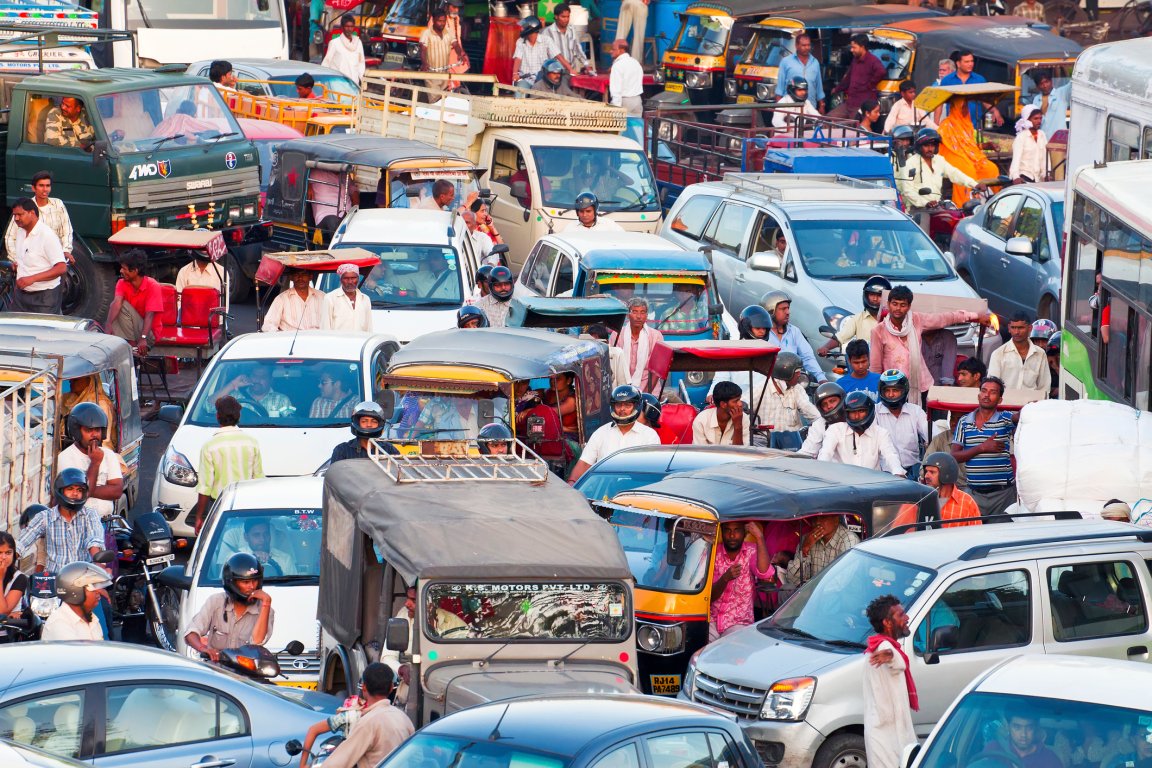
Going Electric
India’s coal and mines minister, Piyush Goyal, just revealed some exciting new plans: by the year 2030, every car sold in India will be electric. The aim of this move is to lower the costs of running electric vehicles and importing fuel, and to improve population health.
“We are going to introduce electric vehicles in a very big way,” minister Piyush Goyal remarked at the Confederation of Indian Industry Annual Session 2017 in New Delhi. Speaking with reporters, he compared the initiative to the successful 2015 promotion of LED lightbulbs, which was intended to reduce energy bills: “We are going to make electric vehicles self-sufficient. The idea is that by 2030, not a single petrol or diesel car should be sold in the country.”
According to The Independent, Mr. Goyal estimated that the electric car industry would require government assistance initially, but for only two to three years. After that, the Indian government expects the production of electric vehicles will be “driven by demand and not subsidy.”

Crisis On Multiple Fronts
In India, air pollution has become a public health crisis as well as an economic one. This is only poised to get worse without immediate, meaningful intervention. While India is somewhat ahead of the curve on this issue — feeling the pressure first due to high-density areas — it isn’t the only country in this position. China is making new strides in sustainable energy for similar reasons.
Earlier this year, Greenpeace released a report that attributed as many as 2.3 million deaths annually to air pollution in India. The report— entitled “Airpocalypse” — calls air pollution a “public health and economic crisis” for Indians, pointing out that the number of air pollution deaths in the nation are only “a fraction less” than the number of tobacco deaths. Furthermore, a full 3 percent of India’s gross domestic product (GDP) is devoured by toxic smog in the form of healthcare and other remediation costs.
Finally, the report indicates that without immediate action and a “robust monitoring system,” the problem will worsen: “India’s pollution trends have been steadily increasing, with India overtaking China in number of deaths due to outdoor air pollution in 2015.” For example, Delhi — India’s most polluted city — was found to have particulate matter concentrations 13 times the yearly limit set by the World Health Organization (WHO).